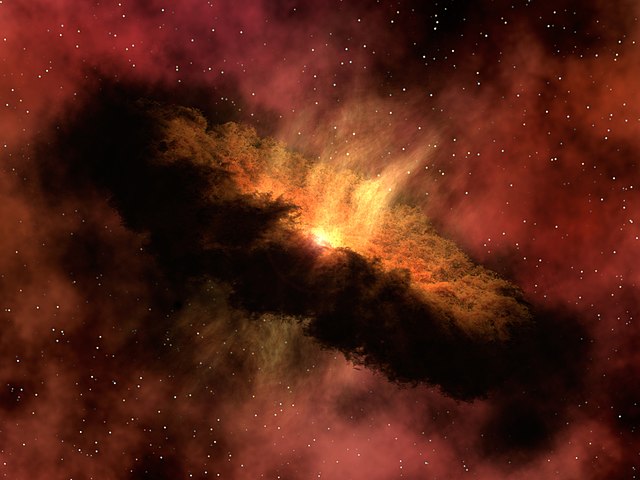Carbonaceous chondrites or C chondrites are a class of chondritic meteorites comprising at least 8 known groups and many ungrouped meteorites. They include some of the most primitive known meteorites. The C chondrites represent only a small proportion (4.6%) of meteorite falls.
A slice of the Allende meteorite showing circular chondrules.
Some carbonaceous chondrites. From left to right: Allende, Yukon and Murchison.
NWA 3118, CV3
Gujba meteorite, a bencubbinite found in Nigeria. Polished slice, 4.6 × 3.8 cm. Note the nickel-iron chondrules, which have been age-dated to 4.5627 billion years.
A chondrite is a stony (non-metallic) meteorite that has not been modified, by either melting or differentiation of the parent body. They are formed when various types of dust and small grains in the early Solar System accreted to form primitive asteroids. Some such bodies that are captured in the planet's gravity well become the most common type of meteorite by arriving on a trajectory toward the planet's surface. Estimates for their contribution to the total meteorite population vary between 85.7% and 86.2%.
A specimen of the NWA 869 chondrite (type L4–6), showing chondrules and metal flakes
Protoplanetary disk: particles of dust and grit collide and accrete forming planets or asteroids
Chondrules in chondrite from the Bjurböle meteorite
Chondrules in chondrite from the Grassland meteor








